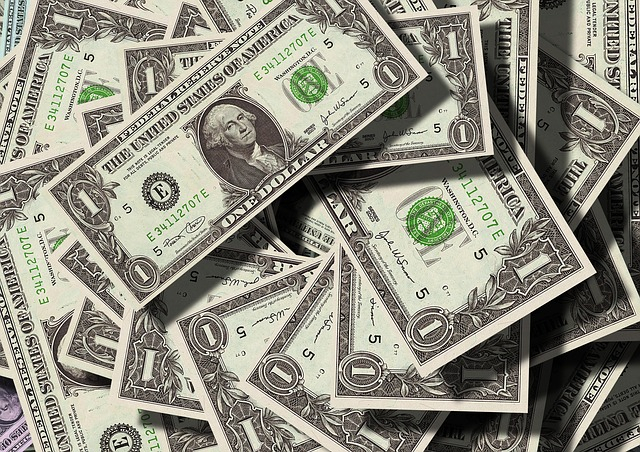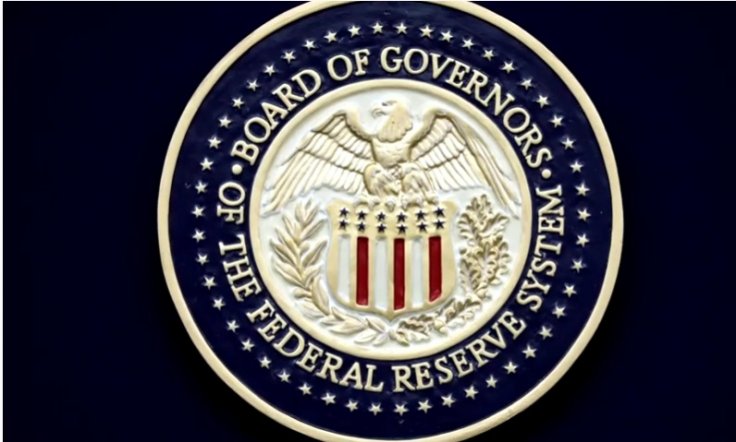The US dollar extended its recent losing streak to tank to a near two-year low on Wednesday as more cases of coronavirus got reported from different states, igniting fears of a second wave and dashing hopes of an economic recovery anytime soon. Also, growing tensions between the United States and China has been preventing the greenback's recovery.
The dollar has been absolutely destroyed over the past few months as the US Federal Reserve continues to print and inject trillions of dollars into the country's economy. The greenback could further take a beating given that the Fed is expected to take a further dovish stance in its policy review later in the day.
Dollar Continues to Get Battered

The dollar index (DXY), which measures the value of a basket of currencies of the majority of the US' most significant trading partners, went from trading around at $100 to $93.713, hitting its lowest level since June 2018 this week. And this has happened in the span of just two months.
Moreover, the dollar changed hands at 105.04 yen, after having hit a four-and-a-half-month low of 104.955 in the earlier session. Understandably, the weakness comes from growing doubts of a slower-than-expected economic recovery following the coronavirus outbreak. People, who earlier had believed that economic growth in the United States would be stronger than other developed economies, have now started casting doubt on the economy's strength.
Fed's Dovish Stance Killing Dollar

Given that coronavirus cases have been on the rise globally since countries started easing restrictions and lifting lockdown, investors are also expecting fresh rounds of stimulus to be announced by different central banks. As a result, the Federal Reserve and other major central banks are expected to continue injecting huge amounts of money into economies to boost liquidity, thus further taking down the dollar's value.
Goldman Sachs Warning
Goldman Sachs on Tuesday warned that the US dollar may lose its status as the world's reserve currency. Strategists at the American investment bank and financial services company noted that dollar faces several risks. Citing that the debt level in the U.S. has now exceeded 80 percent of the country's GDP, they anticipate the government and central bank may now allow inflation to accelerate which are raising "real concerns around the longevity of the U.S. dollar as a reserve currency."
Gold Getting a Boost

Another reason behind investors losing confidence in the dollar's strength is the escalating tensions between the United States and China. All these worries combined together are making investors flock to safe-haven stocks, thus giving a boost to the price of gold and silver. The gold price hit an all-time high on Monday and analysts believe that the rally is likely to continue into fall given that printing more dollar bills following the unveiling of a fresh round of stimulus will further pile on the unsecured money thus devaluing the dollar.
Gold's record-breaking rally even had Goldman Sachs revise its forecast to $2,300 an ounce over the next 12 months after the firm previously discarded its own forecast of $2,000. Anticipating a further decline in the greenback, some Republicans in the US Senate pushed back from their own party's $1 trillion fresh coronavirus stimulus proposal although Democrats are still calling for a bigger and extended relief package.








